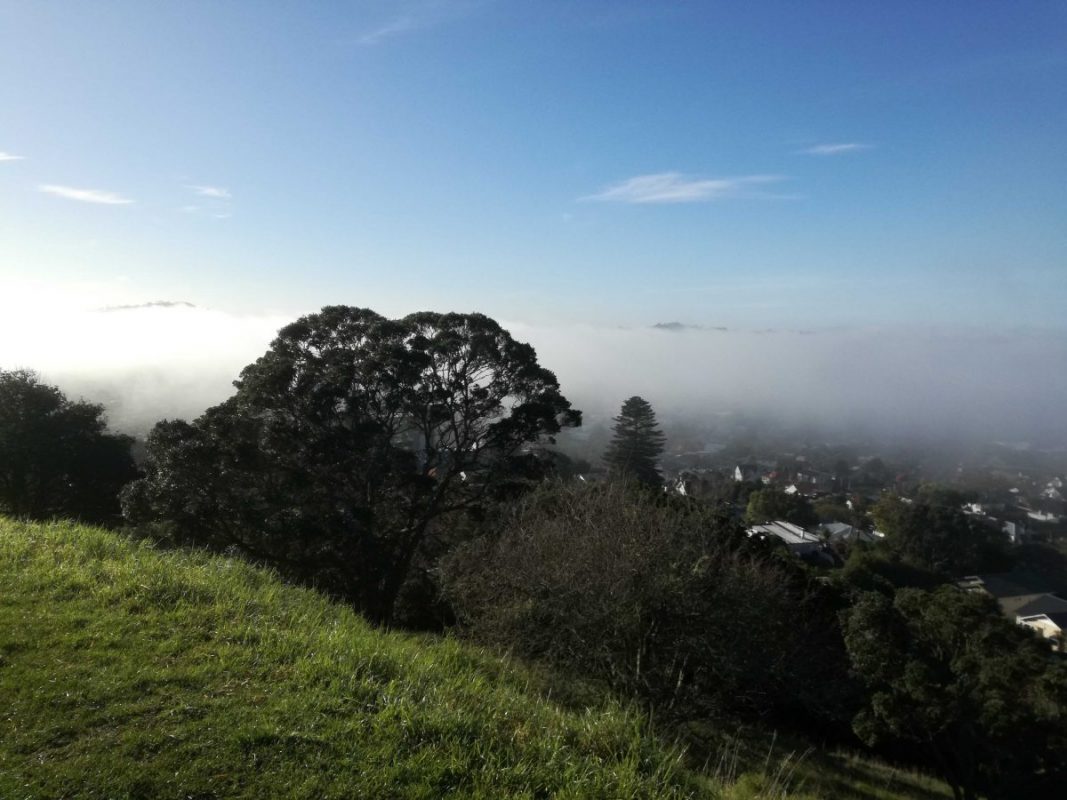Drive from time to time up Summit Drive to show visitors the great views from the top of Owairaka/Mt Albert? Well, no one is going to stop you from doing that. But from sometime in 2018, most people will have to leave their cars at the entrance and walk around the ring road.
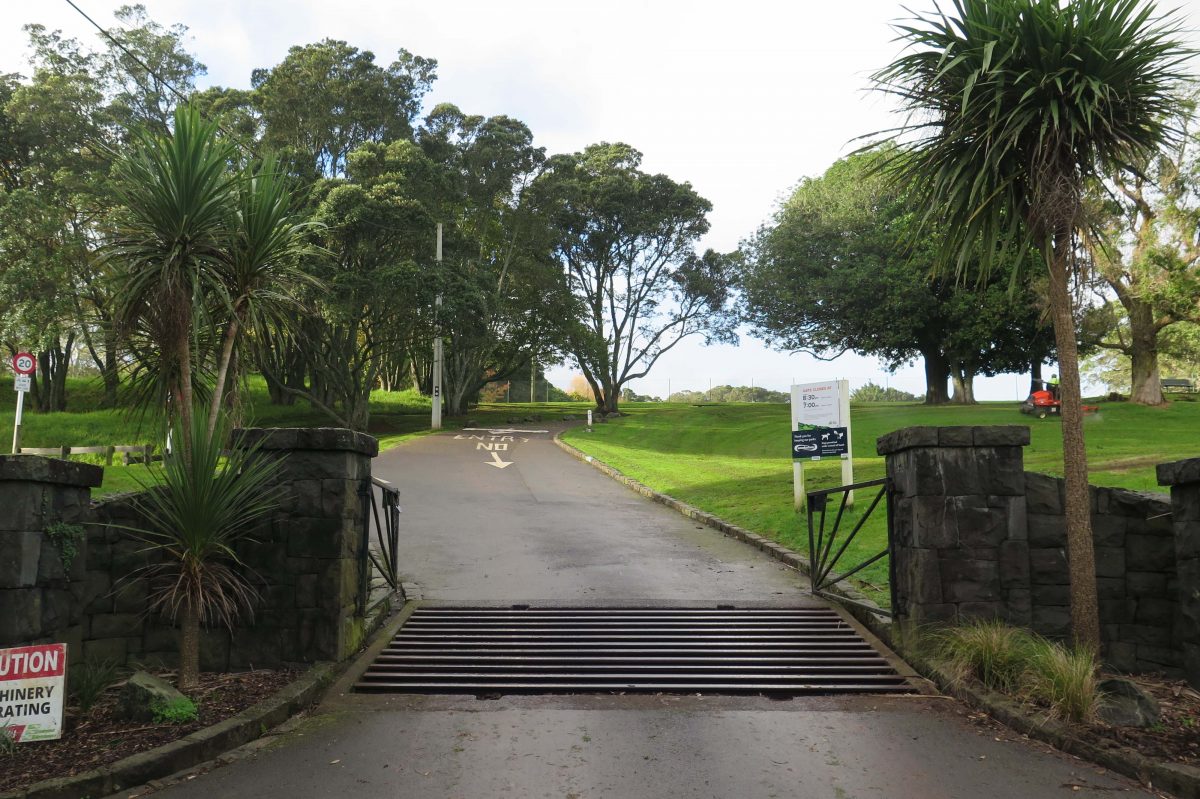
[Written July 2017]
IN A physical sense, Owairaka/Mt Albert may at quick glance not be the most striking of New Zealand’s volcanoes, but it has a powerful presence for local people and in Maori lore.
Its cone was destroyed by quarrying in the late 19th century and early 20th century, but it is today a green and tranquil haven – a place where locals exercise their limbs and cross paths with visitors to the city enjoying the commanding views.
So what’s with the plan to ban cars from the mountain ring road in 2018? Why fix something that’s not broken?
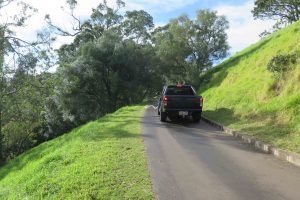 Well, as with most things, there are two ways of looking at that. It may not quite be Queen St Friday night up there, but cars certainly take away some of the ambience, create potential safety brushes with walkers on a narrow road and add to the maintenance bills.
Well, as with most things, there are two ways of looking at that. It may not quite be Queen St Friday night up there, but cars certainly take away some of the ambience, create potential safety brushes with walkers on a narrow road and add to the maintenance bills.
Seven or eight centuries on since Wairaka established a pa on the mountain, will a ban on cars really be a problem?
Surely not, so long as space is provided at the domain entrance for parking – and provision is made for the elderly or disabled people who cannot walk the 750m undulating road around the top.
Glenda Fryer (pictured), deputy chair of the Albert Eden Local Board and a member of the Tupuna Maunga Authority that manages 14 of Auckland’s Tupuna Maunga (ancestral mountains), explains the move: “The benefit is a space that is much safer for walkers and those on non-motorised bikes to move around freely and enjoy the Māori history (interpretive signage will come), archaeology and views from our stunning and much loved maunga.
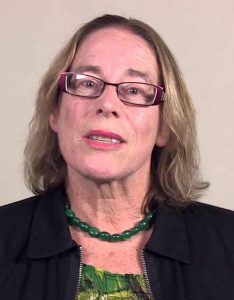 “Returning the maunga to a more natural space – one for people rather than vehicles – also honours the significant cultural and geological values now guiding their care and protection.
“Returning the maunga to a more natural space – one for people rather than vehicles – also honours the significant cultural and geological values now guiding their care and protection.
“It will be ‘car free’ although for those who are elderly, disabled or otherwise have limited mobility, there will be an easy system in place for them to get a gate access code and drive to the summit in their own car. The system works very well on Maungawhau.
“On special days when Archery Club members need to use a car to bring their equipment to the archery range, arrangements will be made for them to do this.”
Glenda says that next year there will be a new visitor car park to the immediate right of the formal entrance gates of Ōwairaka maunga. The present car park, alongside the soccer field well within the domain (holding 22 spaces), will be grassed over and farm structures no longer required will be removed. New toilets will also be added.
In terms of public acceptance, perhaps there’s a pointer in how the ban on Maungawhau was received.
Tūpuna Maunga Authority chair Paul Majurey says there was a lot of pushback on the Maungawhau pedestrianisation plan, with people who’d been driving to the summit all their lives questioning why it was being done.
“I don’t know if we ever convinced folk it was the right thing to do …. but it wasn’t a ban for the sake of it,” he told Newsroom’s Alexia Russell. Now it’s been in place for a year and a half, he says many people have told him it was the right move.
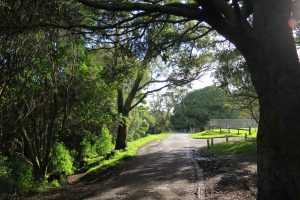 “They have reclaimed it for themselves again,” he says. “You go up there in the weekends now and it’s heaving with people, it’s wonderful to see prams, kids and foreign visitors who’ve walked up.
“They have reclaimed it for themselves again,” he says. “You go up there in the weekends now and it’s heaving with people, it’s wonderful to see prams, kids and foreign visitors who’ve walked up.
“Change can be not always the most comfortable of things, especially when arrangements have been in place for a long time.”
There’s no doubt that local Mt Albert opinion is divided on whether Ōwairaka should be car free or not. When for years you have stuck the dog in the backseat and driven to the top to give it exercise, any change can be a pain.
But some understanding of where we have come from to this stage may be helpful. Glenda Fryer offers the following detail to explain how the ownership of Owairaka/Mt Albert changed and add to our understanding…
The background in brief
Negotiated under the Treaty of Waitangi, The Deed of Settlement was signed mid-2012 and the return of the 14 Tūpuna Maunga and the establishment of the authority were the outcome of the Treaty negotiations.
I was present in Parliament to witness the passing of the Ngā Mana Whenua o Tāmaki Makaurau Collective Redress Act 2014 which legislated the transfer of ownership of the 14 tūpuna maunga to Ngā Mana Whenua o Tāmaki Makaurau. The maunga are held in trust for the common benefit of the iwi/hapū of Ngā Mana Whenua o Tāmaki Makaurau and the other people of Auckland. They are at the heart of Auckland’s identity and Māori identity.
The Tūpuna Maunga Authority is a partnership between Auckland Council and Nga Mana Whenua with six council representatives (I am one of those representatives) and six iwi representatives serving on the authority, with one Department of Conservation non-voting member. The kaupapa is the taonga.
Where we were and what has been done
Before the return of the mountains, there was a history of lack of care and investment by the legacy councils who had management of most of the maunga, and the Department of Conservation under whose ‘ownership’ they were placed.
Under the leadership of Paul Majurey, chair of the Tūpuna Maunga Authority, we set about developing values which reflect how the maunga should be properly managed, a tūpuna maunga policy framework and an operational plan.
While there is to be $30.7 million operational investment and $47.8 million capital investment over the next 10 years, largely from rates, there will need to be additional investment by the Government if World Heritage status for Auckland’s maunga is to be sought and accredited. That is a long term goal.
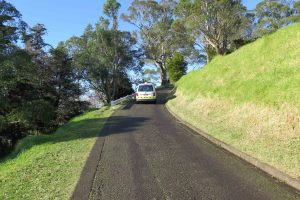 Great strides have been made by the Tūpuna Maunga Authority.
Great strides have been made by the Tūpuna Maunga Authority.
First, Maungawhau/Mt Eden has been made car free and steps have been put in place to make a number of other maunga safe for pedestrians. The community vision articulated by the Friends of Maungawhau and supported by our community board, of a pedestrian-friendly tihi (summit) which gave due respect to the Māori history on the maunga, was embraced by the Tūpuna Maunga Authority.
‘Love your Maunga’ day, a public event first started by the Friends of Maungawhau as Love Your Mountain day some years ago, was held for the first time by the authority in April 2016. Ōtāhuhu/Mount Richmond was the venue for the 2017 ‘Love your Maunga’ day, and in 2018 it will be held at Mangere Mountain.
Second, the tree of One Tree Hill is back! There was a dawn ceremony in June 2016 to replant trees on the tihi of Maungakiekie/One Tree Hill. A grove of six young pōhutukawa and three young tōtara trees was planted.
The aim is that after 20 years the strongest tree will survive on the site where the former iconic Monterey pine tree stood (the pine is thought to have been the sole survivor of a grove of trees planted by Sir John Logan Campbell in the 1870s). Hundreds of people turned out to witness this historic moment and it was wonderful to be there with our communities that day to mark a new chapter in caring for our maunga.
Third, an integrated management plan has been prepared for all the Tūpuna Maunga, which sets the future direction for their management.
This new document replaces legacy management plans and it gives significant visibility and weighting to mana whenua world views and values. I chaired the former Ōwairaka/Te Ahi-kā-a-Rakataura/ Mount Albert Management Plan in 2001 and was instrumental in the initiation of the management plan for Maungawhau 2007.
Making sure all the maunga are now protected is a great step forward, although we have much yet to do as we work with the Tūpuna Taonga Trust to whom the maunga are vested in the legislation, and mana whenua to develop the strategies and plans to implement the Tūpuna Maunga Integrated Management Plan.
To Mana Whenua, the Tūpuna Maunga are revered as the creations of Mataaho (the guardian of the Earth’s secrets) and Ruaumoko (the God of earthquakes and volcanoes).
At a point in our country’s history the Auckland maunga were the most extensive network of defendable settlements in Polynesia – they were significant areas of occupation, agriculture, battles, marriages, birth and burial. The Tūpuna Maunga are places to be honoured, respected and protected for those who have gone before and for the many generations to come.
